In today's digital-first world, businesses need more than just a basic understanding of online marketing—they need a structured, strategic approach to thrive. A comprehensive digital marketing process allows brands to reach their audience with precision, engage them effectively, and drive results. Unlike traditional marketing, digital marketing is multifaceted and data-driven, making a defined process essential for success.
This guide, brought to you by Attractive Web Solutions, breaks down the process of digital marketing into clear, actionable steps. Whether you’re a seasoned marketer or new to digital marketing, this post will help you optimize your efforts, elevate your brand, and achieve measurable outcomes.
What is the Digital Marketing Process?
The digital marketing process is a structured approach to reaching, engaging, and converting customers online. From setting goals to measuring results, each stage builds upon the last, creating a cohesive marketing plan that aligns with both business objectives and audience needs.
Why a Structured Digital Marketing Process is Critical
There are multiple benefits to following a structured digital marketing process:
- Increased Efficiency: With a defined process, you can avoid wasted time and resources.
- Targeted Efforts: A process ensures that you reach the right audience with tailored messages.
- Improved Measurement: Trackable metrics help you see what’s working and adjust quickly.
- Better ROI: Consistent optimization drives higher returns on marketing investments.
- Scalability: With a strong foundation, you can scale your efforts smoothly as your business grows.
The 7 Essential Steps of the Digital Marketing Process
Now that you understand why the process is vital, let’s explore each stage in detail.
Step 1: Research and Define Your Target Audience
To reach your ideal customers, you first need to understand who they are.
Identify Your Audience: Tools like Google Analytics, Facebook Insights, and other social media platforms offer valuable demographic and behavioral data about your audience. Look at age, location, interests, online behaviors, and purchasing habits to form a clear picture.
Create Buyer Personas: A buyer persona is a detailed representation of your ideal customer, combining data with fictional elements to make the persona more relatable. For instance, "Busy Brenda" might represent a time-strapped working mother, and her persona can help guide campaign messaging for busy consumers.
Understanding your audience enables you to tailor each step of the digital marketing process to maximize engagement and conversion potential.
Step 2: Set SMART Goals and Define Key Performance Indicators (KPIs)
Without clear goals, digital marketing can become aimless. Setting SMART (Specific, Measurable, Achievable, Relevant, and Time-bound) goals gives you direction.
SMART Goals: Goals should be well-defined and realistic. Instead of aiming for "more traffic," a SMART goal would be "increase organic website traffic by 20% over six months."
Define KPIs: KPIs are metrics that show your campaign’s performance, such as click-through rates (CTR), conversion rates, and return on ad spend (ROAS). Each KPI should directly support your SMART goals.
With clearly defined goals and KPIs, you’ll have a strong foundation for each subsequent step in your digital marketing process.
Step 3: Choose the Right Digital Marketing Channels
Choosing the right channels depends on your audience’s preferences and your business objectives.
Organic vs. Paid Channels: Organic channels, like search engine optimization (SEO) and content marketing, are essential for long-term success. Paid channels, like Google Ads or social media ads, provide quick wins and instant visibility. A balanced approach is often best.
Social Media: Each platform has a unique user base, so select those that best align with your audience. LinkedIn is often ideal for B2B, while Instagram is more effective for visually driven B2C brands.
Email Marketing: Email remains one of the most effective channels for lead nurturing, with the potential for high ROI. Newsletters, drip campaigns, and segmented promotions are great ways to engage your audience.
Choose channels that will maximize your reach, engagement, and ROI, forming a key part of your process of digital marketing.
Step 4: Develop a Content Marketing Strategy
Content is the backbone of digital marketing. From blog posts to videos and social media posts, a strong content marketing strategy helps you connect with your audience in meaningful ways.
Content Types: Blogs, videos, infographics, podcasts, and social posts each cater to different audience preferences. Experiment to see which formats resonate best.
Content Calendar: Creating a content calendar helps you stay organized and ensures consistency. Plan content around product launches, holidays, and relevant trends in your industry.
With a well-planned content strategy, you’ll ensure that your messaging supports each stage of the digital marketing process.
Step 5: Optimize for Search Engines (SEO)
SEO is a key driver of organic visibility. Optimizing your website and content for search engines increases your chances of ranking higher and reaching a broader audience.
Keyword Research: Use tools like Ahrefs, SEMrush, or Google Keyword Planner to identify high-traffic keywords. For example, focus on terms like digital marketing process, process of digital marketing, and digital marketing to capture relevant search queries.
On-Page SEO: Optimize elements on your page, including title tags, meta descriptions, headers, and image alt text. For example, this blog post includes keywords in headings and descriptions, supporting both readability and SEO.
Off-Page SEO: Building backlinks from reputable sites boosts your site’s authority. Additionally, engage on social media to drive traffic and gain visibility.
Effective SEO ensures that your digital marketing efforts are discoverable by people actively searching for what you offer.
Step 6: Launch Paid Advertising Campaigns (PPC)
While organic growth is essential, paid advertising accelerates your visibility.
Google Ads: Google Ads allows you to target people based on search intent, making it effective for driving high-quality traffic. Use targeting and remarketing to maximize conversions.
Social Media Ads: Facebook, Instagram, and LinkedIn ads offer advanced targeting based on demographics, interests, and behaviors. Use these ads to expand reach and target niche audiences.
Paid campaigns are a powerful part of the digital marketing process and should be tailored to reach specific audience segments with personalized messaging.
Step 7: Measure, Analyze, and Optimize
The digital marketing process doesn’t end with implementation—it requires constant evaluation and refinement.
Analytics Tools: Google Analytics, HubSpot, and other analytics tools offer in-depth insights into your performance. Look at traffic, bounce rates, conversions, and more to gauge effectiveness.
A/B Testing: Regularly test different elements, such as headlines, images, and call-to-action buttons, to see what drives the best results.
Adjust Strategies: Use the data to make adjustments. For example, if a certain piece of content is underperforming, consider changing the format or distribution strategy.
Continuous optimization ensures that your digital marketing process remains effective and aligned with your business goals.
Common Challenges in the Digital Marketing Process
Some challenges you may face in the digital marketing journey include:
- Keeping Up with Algorithm Changes: Regular changes to search and social algorithms can affect your visibility.
- Resource Allocation: Balancing time, budget, and manpower can be tricky, especially for small businesses.
- Data Privacy and Compliance: Following GDPR, CCPA, and other data regulations is essential to protect customer data and trust.
Anticipating and addressing these challenges can help you build a resilient and effective digital marketing strategy.
Tips for Optimizing Your Digital Marketing Process
Automate Where Possible: Use tools like Hootsuite for social scheduling or Mailchimp for email campaigns to streamline tasks.
Repurpose Content: Convert blog posts into videos or infographics to maximize your content’s reach.
Stay Agile: Trends change fast in digital marketing, so be ready to pivot and adapt as needed.
How Attractive Web Solutions Can Help
At Attractive Web Solutions, we specialize in guiding businesses through each phase of the digital marketing process. With expertise in SEO, PPC, content creation, and more, we craft personalized strategies that deliver real results. Reach out today to see how we can support your digital marketing journey.
Frequently Asked Questions (FAQs):
Q1: How long does it take to see results in digital marketing?
A: Results can vary depending on the strategy and industry, but typically, SEO takes a few months to show results, while PPC campaigns can generate traffic almost immediately.
Q2: Which is better: organic or paid marketing?
A: Both have unique advantages. Organic marketing builds long-term value, while paid advertising provides immediate visibility. A balanced approach usually works best.
Q3: How much does digital marketing cost?
A: Costs depend on goals, channels, and industry competition. Some businesses spend 50,000 INR, while others invest thousands. Consult with Attractive Web Solutions for a customized budget.
Conclusion: Start Your Digital Marketing Journey Today
A structured digital marketing process is essential for achieving sustainable online success. By understanding each step and how it contributes to the overall strategy, you can drive meaningful results, engage your audience, and grow your brand. Start implementing these steps today, or reach out to Attractive Web Solutions to create a tailored plan that aligns with your business goals.

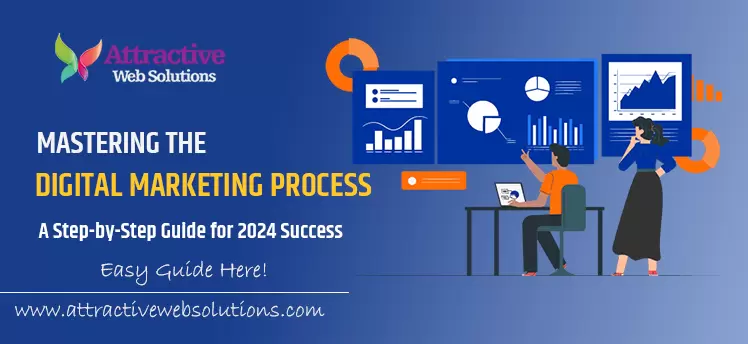
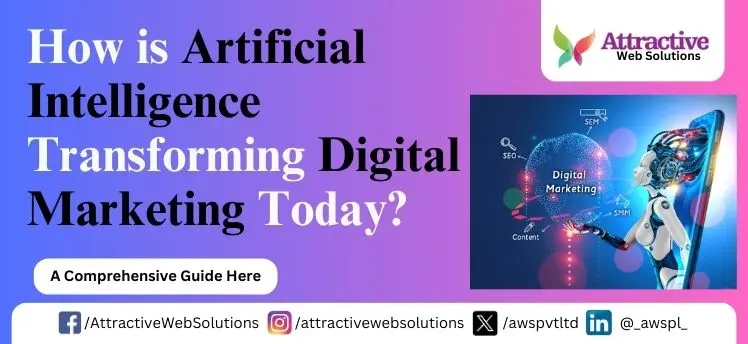


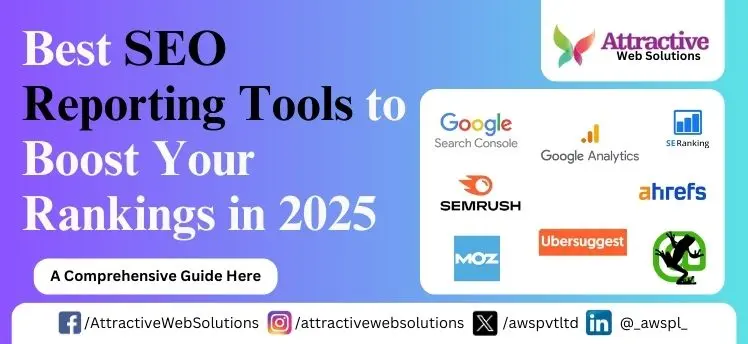
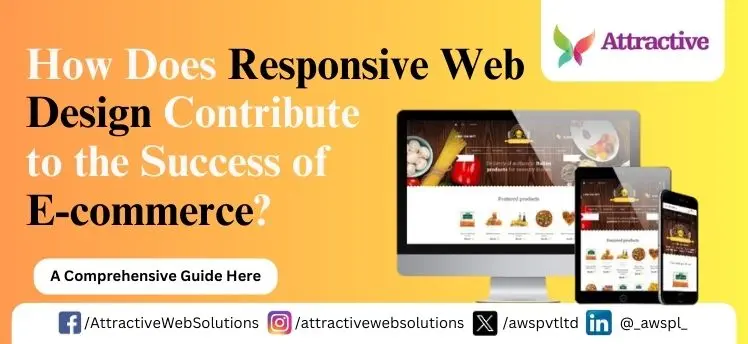

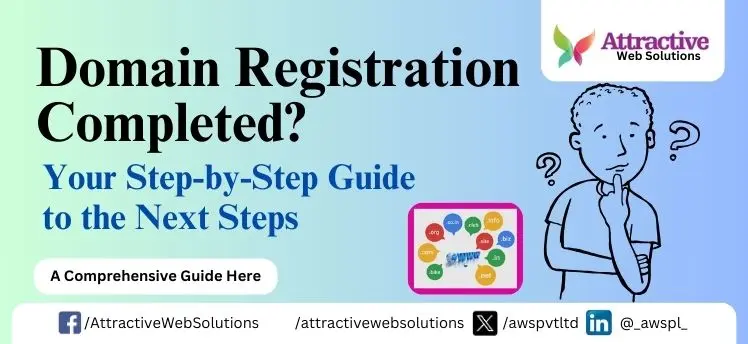
0 Comments